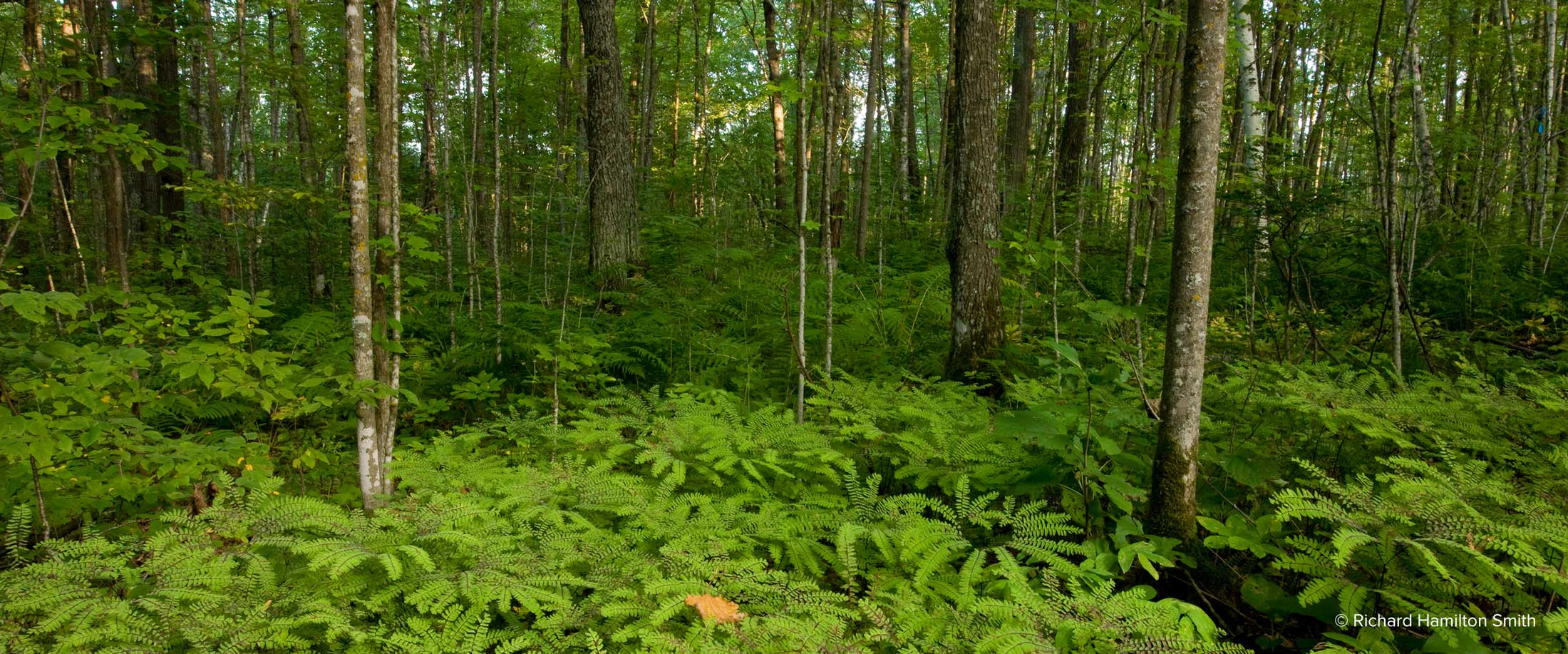
By transforming forest management in north central Minnesota, this project enhances the health of nearly 175,000 acres of working forest while supporting the local forest products industry and associated livelihoods. Along with increasing forest carbon stocks, this project safeguards the ecosystem services that the forest provides like clean water, wildlife...
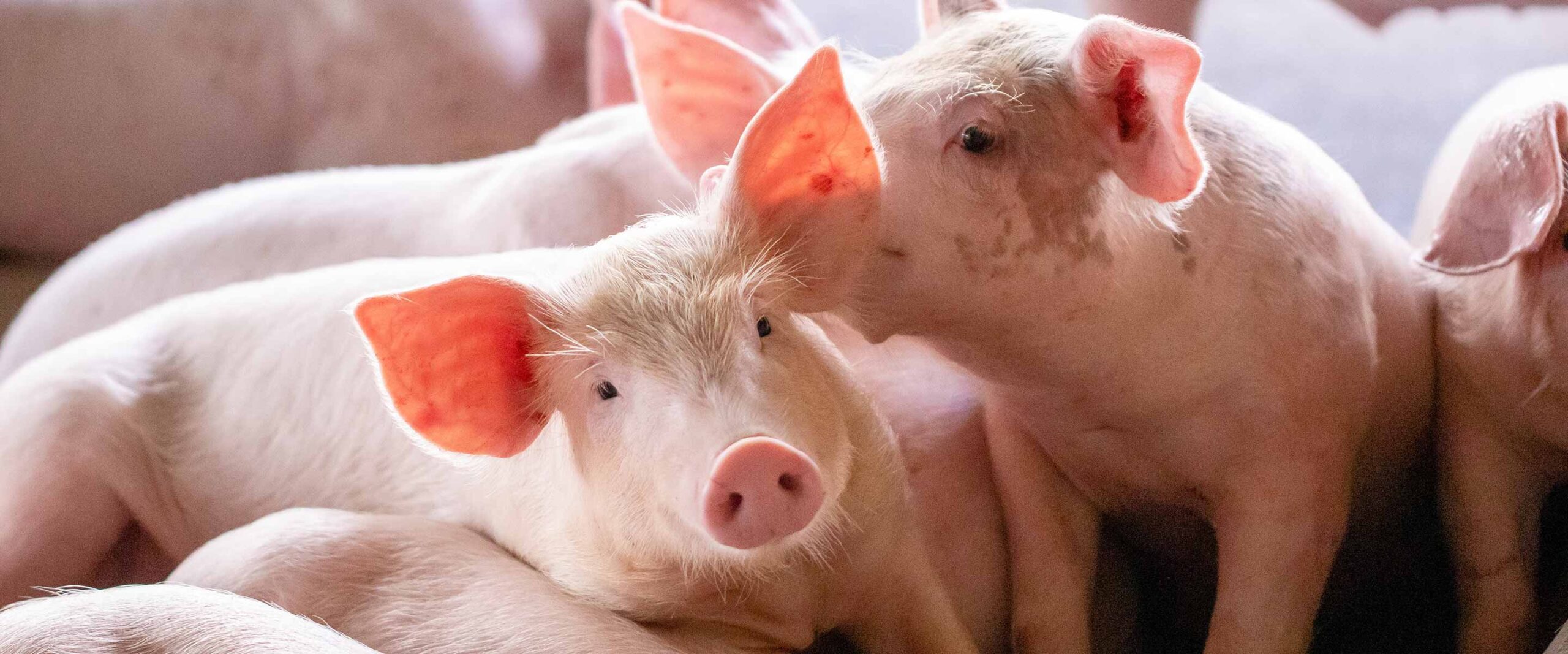
This project is generating renewable energy from pig manure in Thailand. By capturing methane and generating electricity from biogas, this project reduces the amount of greenhouse gas emissions produced by pig farming. Furthermore, the new treatment system provides an affordable source of fertilizer while lessening pollution and other negative impacts...
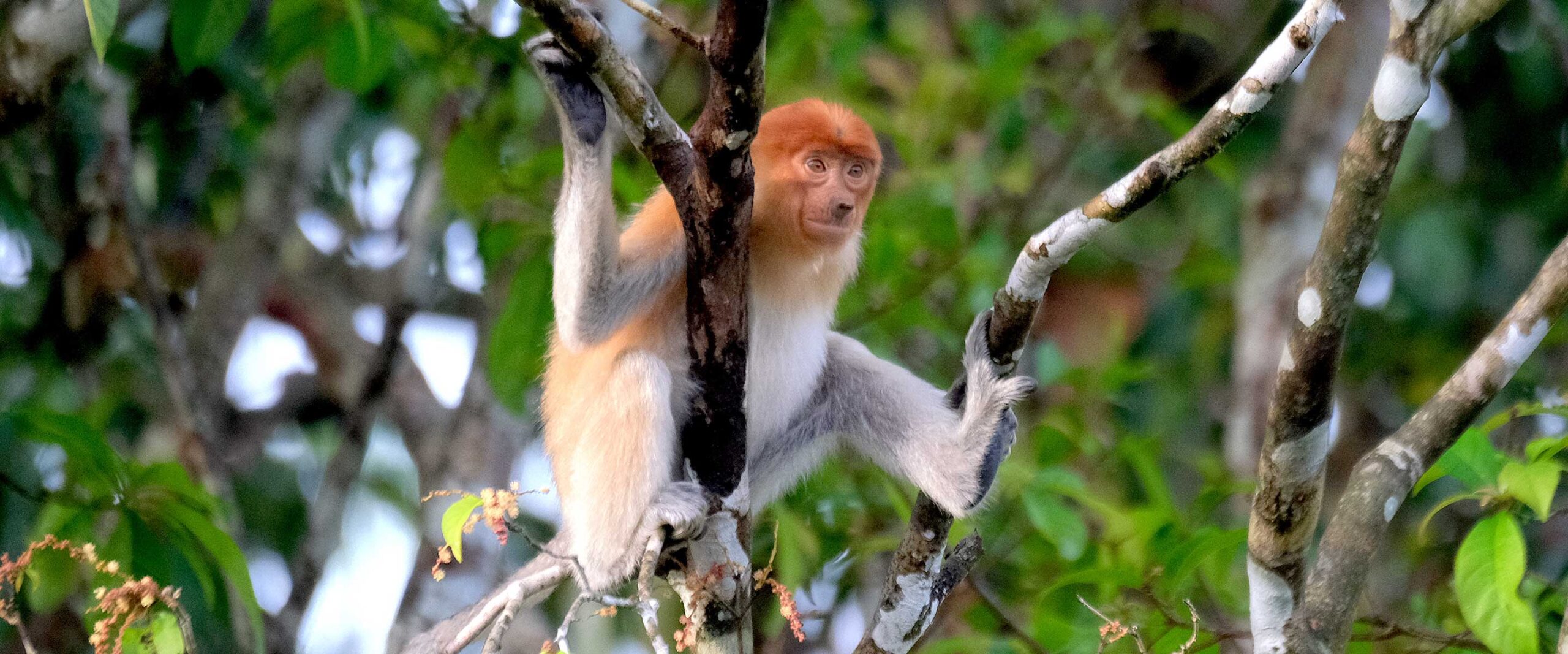
This project is protecting and restoring one of the largest remaining peat swamp forests in Indonesia. Massive stores of carbon are locked away beneath the swamp’s surface, while the aboveground forest habitat is home to over 5% of all remaining Bornean orangutans. Along with conserving this critical ecosystem, the project...
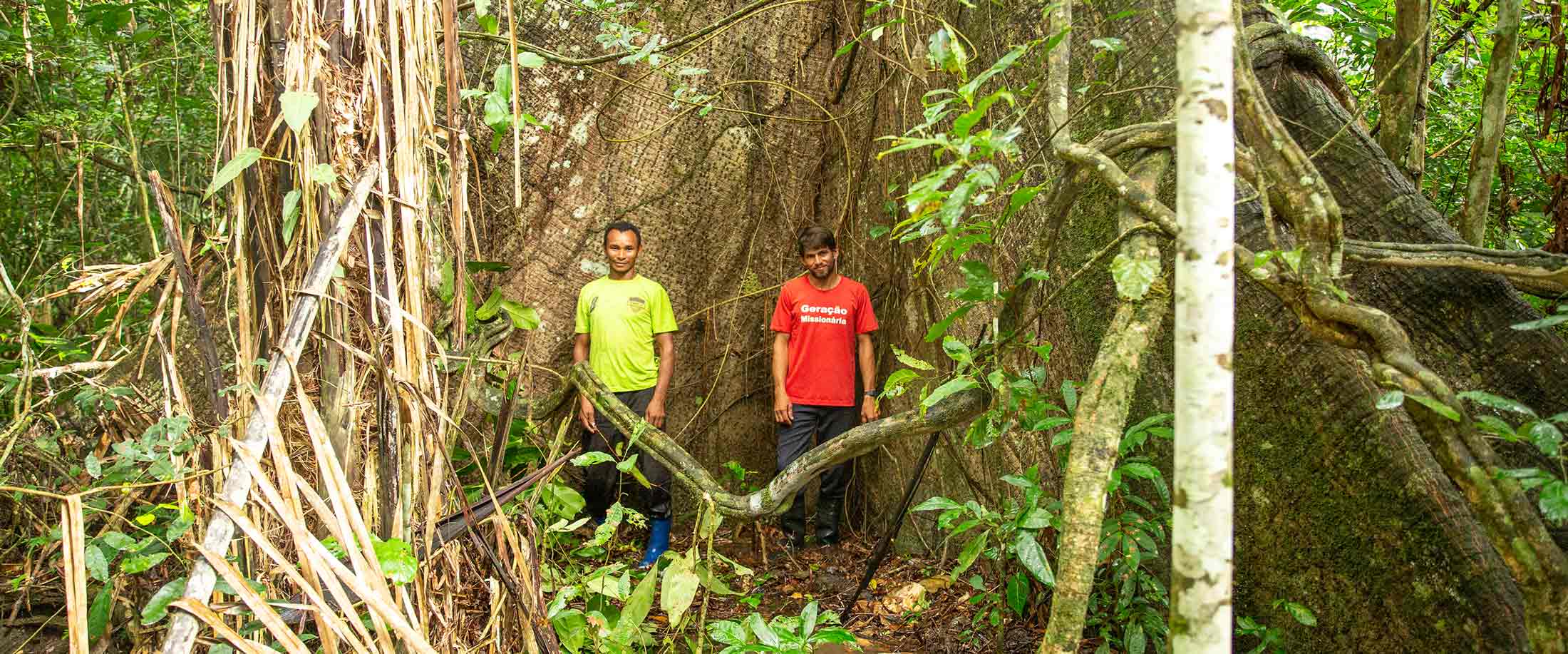
Located in the Brazilian state of Acre, this project is protecting an area of tropical forest that would have otherwise been converted for lumber harvesting and cattle ranching. The avoided deforestation prevents emissions and maintains critical habitat for wildlife, while improving the livelihoods of communities living in the vicinity. Where...
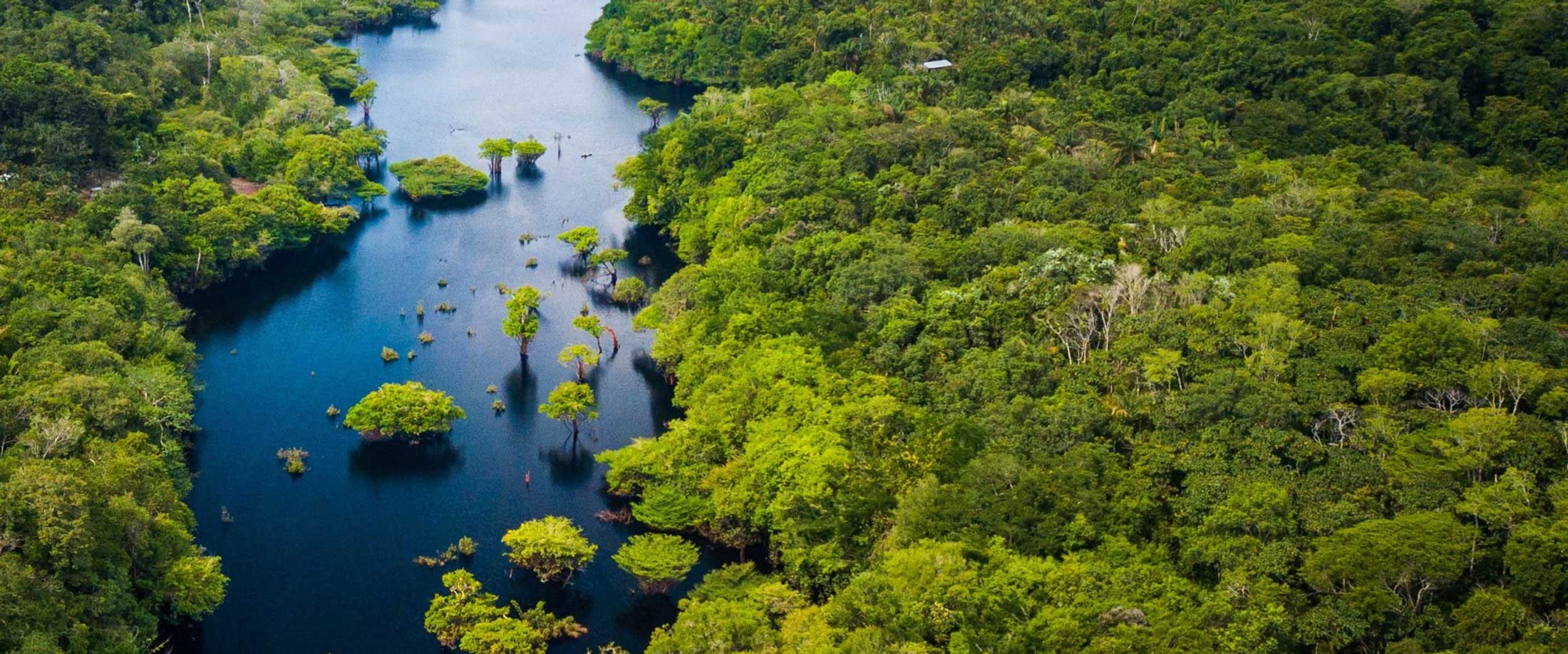
Located along the Madeira River, this project is protecting a vast area of the Brazilian Amazon that is under imminent threat of deforestation. By improving living conditions and strengthening environmental monitoring and awareness, this project will conserve this critical ecosystem while improving quality of life for local communities. Where &...
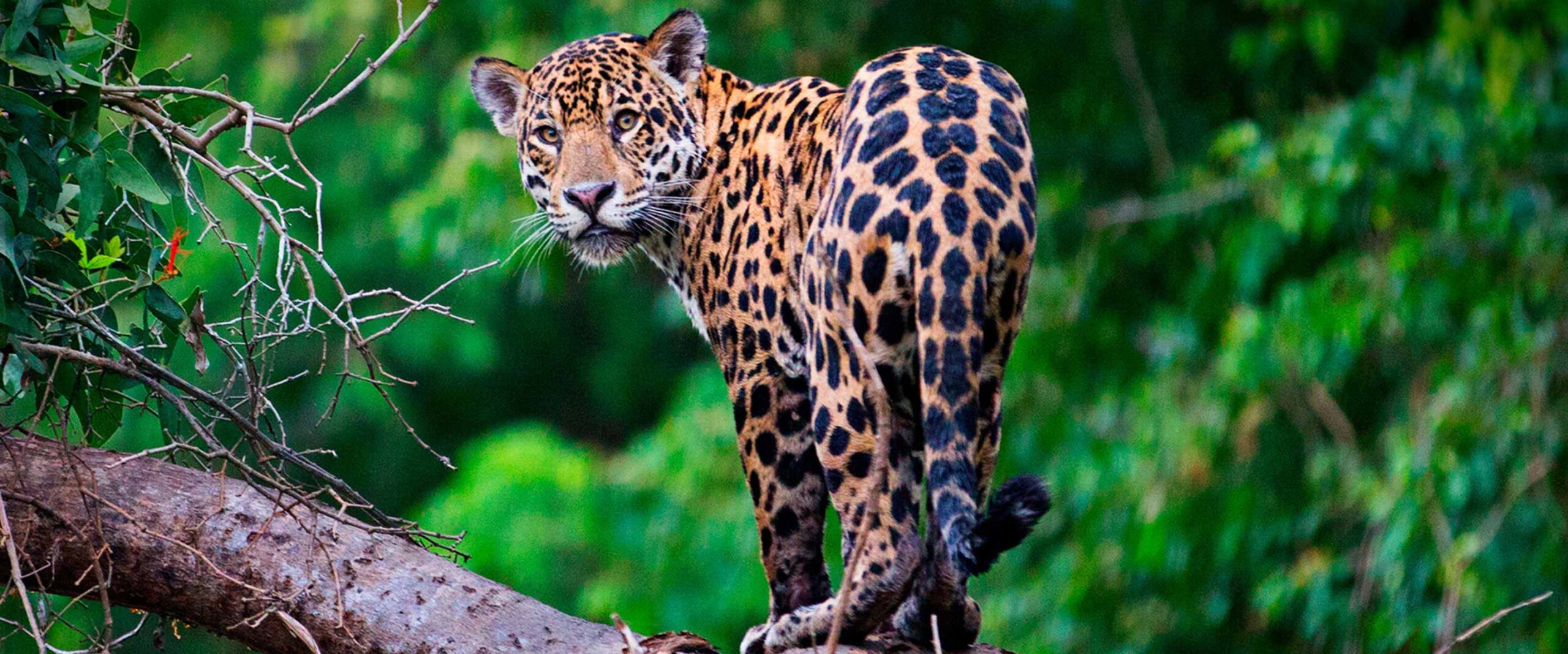
This project is protecting an area of the Brazilian Amazon that is threatened by deforestation. By increasing the economic value of the standing forest and improving surveillance, the project aims to protect this critical habitat and create better living conditions for local inhabitants. Where & Why The endemic center of...